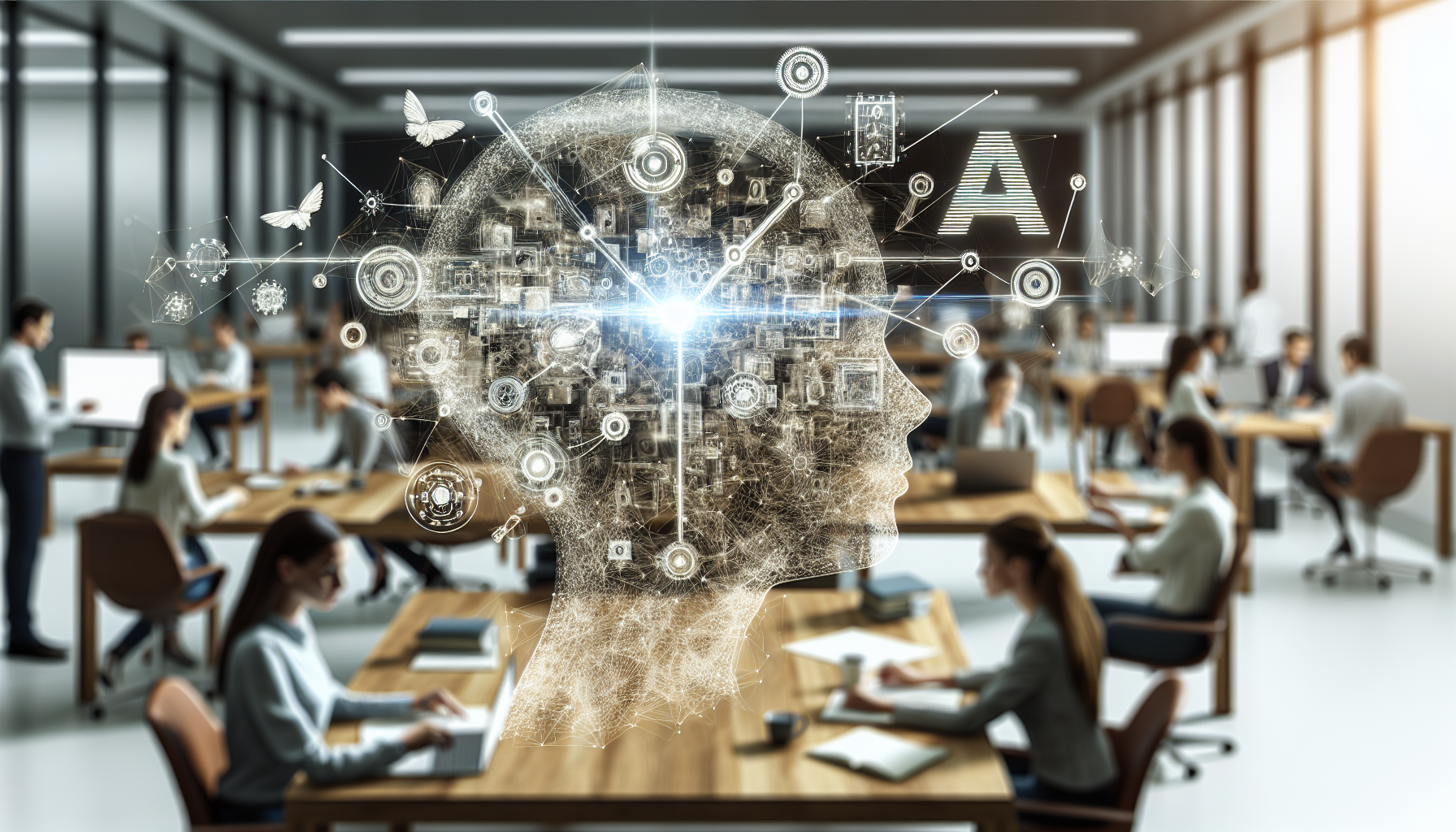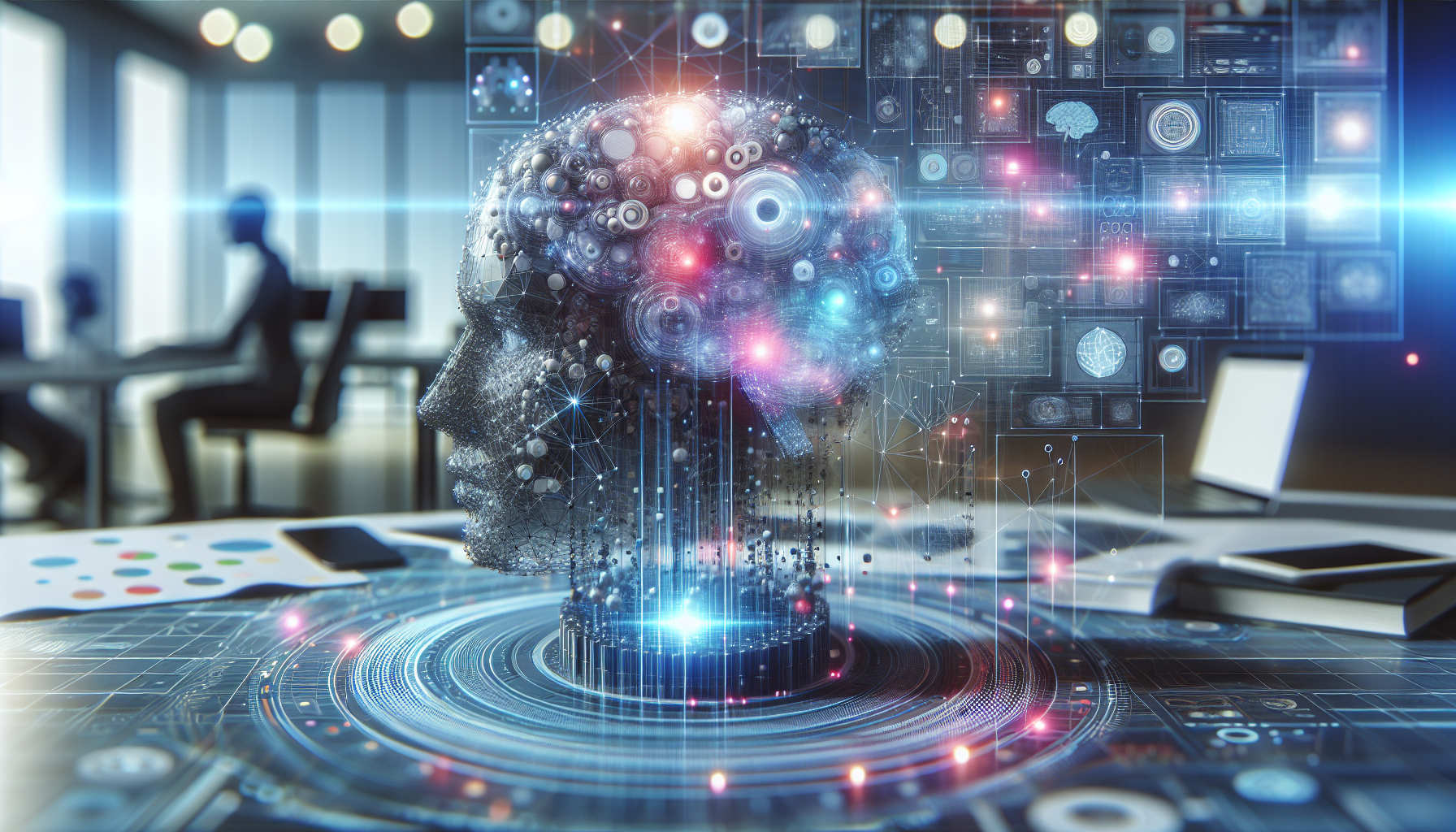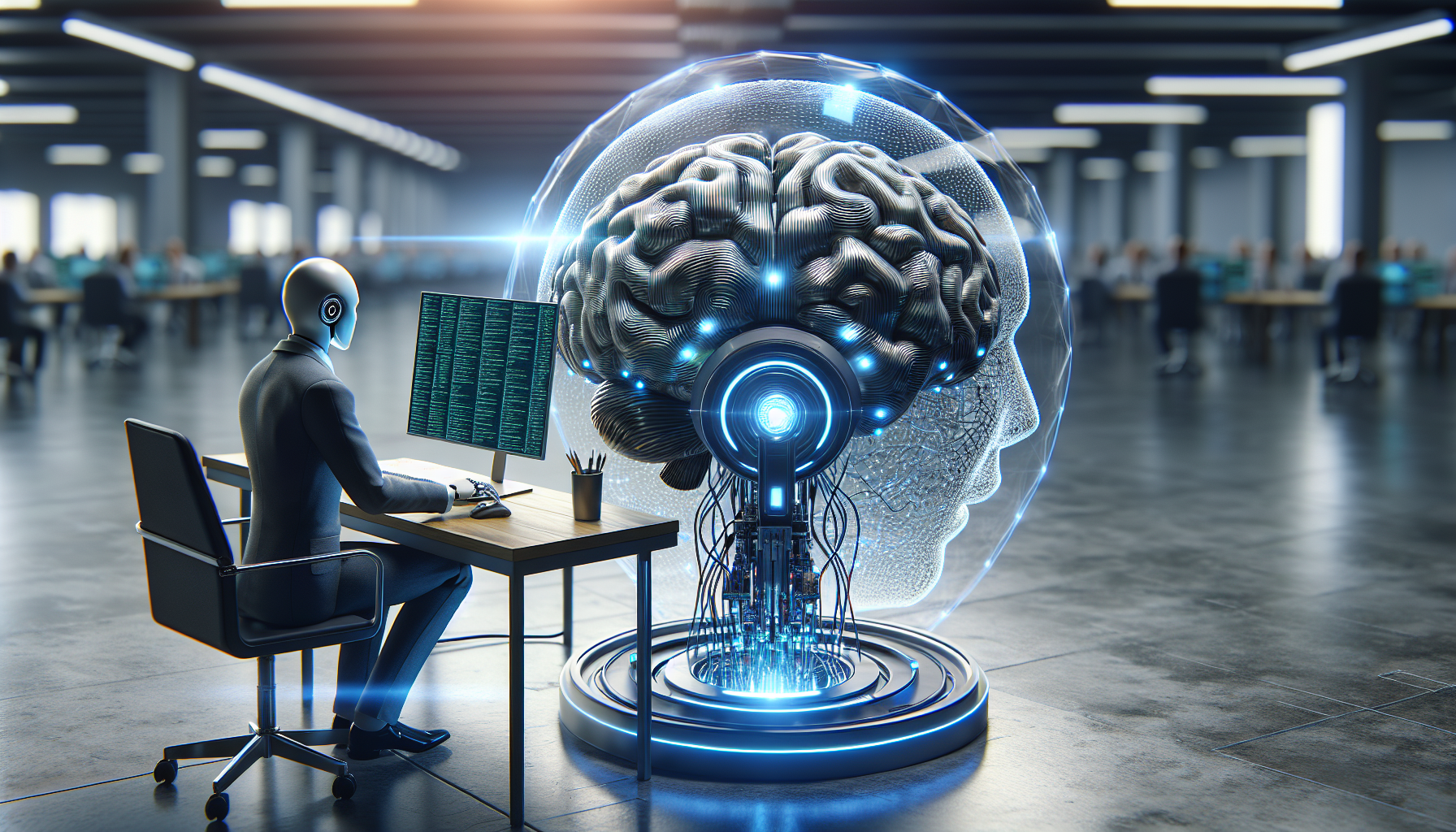
AI and Human-Computer Interaction: Bridging the Gap Through Case Studies
August 5, 2025
Artificial intelligence (AI) has permeated various aspects of human-computer interaction (HCI), transforming how individuals engage with technology. The integration of AI in HCI seeks not only to enhance user experience but also to redefine the boundaries of machine and human capabilities. This article explores the interplay between AI and HCI through a detailed examination of specific case studies that illustrate the potential of AI to bridge the gap between humans and computers.
Consider the case of a leading healthcare provider that utilized AI to improve patient interaction with their electronic health record (EHR) system. Traditionally, EHR systems have been criticized for their complexity and lack of user-friendly interfaces, often resulting in frustration for healthcare professionals. By incorporating AI-driven natural language processing (NLP), this provider transformed the EHR interaction into a more intuitive experience. Healthcare professionals could now communicate with the system using conversational language, allowing them to retrieve patient information swiftly and accurately without navigating cumbersome menus.
The success of this initiative was measured not only by improved efficiency in data retrieval but also by increased user satisfaction. This case illustrates how AI can enhance HCI by making interfaces more accessible, reducing cognitive load, and allowing professionals to focus on patient care rather than technology management.
In another industry, the retail sector has seen a remarkable transformation in how consumers interact with shopping platforms, thanks to AI. A global e-commerce giant developed an AI-powered recommendation engine that significantly improved the shopping experience. By analyzing vast amounts of consumer data, the system could predict and recommend products with uncanny accuracy. The AI model considered browsing history, purchase patterns, and even contextual data such as weather and local events to tailor suggestions for each user.
The outcome was a more personalized shopping experience that not only boosted sales but also fostered customer loyalty. Users felt understood and valued, as the AI anticipated their needs and preferences. This case demonstrates how AI can bridge the HCI gap by creating a seamless, personalized interaction that resonates with the consumer on a deeper level.
Moreover, the realm of education provides a compelling example of AI's role in HCI. Educational platforms have increasingly adopted AI to facilitate personalized learning experiences. One innovative platform developed an AI tutor capable of adapting to individual student needs. By assessing a student's learning style and pace, the AI tutor provided customized content and feedback. This adaptability allowed students to learn more effectively, fostering a sense of agency and engagement.
The platform's success was evident in improved student performance and satisfaction. Teachers also benefited, as AI took over routine assessment tasks, allowing educators to focus on more complex pedagogical challenges. This case highlights AI's potential to enhance educational interactions, making learning more engaging and tailored to individual needs.
Transitioning to the financial sector, AI has revolutionized how people manage their finances. A prominent financial institution implemented an AI chatbot to assist customers with banking inquiries. Unlike traditional customer service models, this AI-driven interaction was available 24/7, providing instant responses to a range of queries from account balances to transaction histories. The chatbot's ability to learn from interactions ensured that responses became increasingly accurate over time.
This innovation not only improved customer service but also reduced operational costs for the institution. Customers experienced a more efficient and satisfactory service, and employees were freed from handling routine inquiries. This case underscores AI's capacity to transform HCI by enabling more efficient, cost-effective, and user-friendly interactions.
In examining these case studies, it becomes apparent that AI's role in HCI is not just about enhancing technological efficiency but also about enriching human experiences. AI acts as a bridge, making technology more intuitive, responsive, and aligned with human needs. However, these advancements also prompt questions about the future of human-computer interaction. As AI systems become more autonomous, how do we ensure they remain aligned with human values and ethics? How can we maintain a balance where AI complements human capabilities without overshadowing them?
These questions invite further exploration into the evolving relationship between AI and HCI. As AI continues to advance, the potential for innovation in human-computer interaction seems boundless, offering exciting possibilities for a future where technology seamlessly integrates with human life.


